Rainwater
In Arizona, the climate crisis has intensified drought and water shortages so much that, for the first quarter of 2021, the majority of the state was in severe, extreme, or exceptional drought. 1
Worse, the extent of extreme and exceptional droughts has increased dramatically over the past decade. 2
Since 1993, with the completion of the Central Arizona Project (CAP), Tucson has been utilizing surface water flowing from the snowy north into the dry south. Melted water from the snowpacks in Colorado traditionally flows into Lake Mead, providing a water supply even in the height of summer.
But, a changing climate means less snow in Colorado—and that means less water to Arizona and other downstream states receiving Colorado river water.
This issue extends beyond Arizona. In August 2021, almost half of the United States was experiencing some form of drought, the majority in the western United States.3 This “megadrought” began in 2000, and currently impacts the lives of fifty-seven million US citizens. There has been nothing like it for more than twelve hundred years—and it represents climate-change-induced aridification.
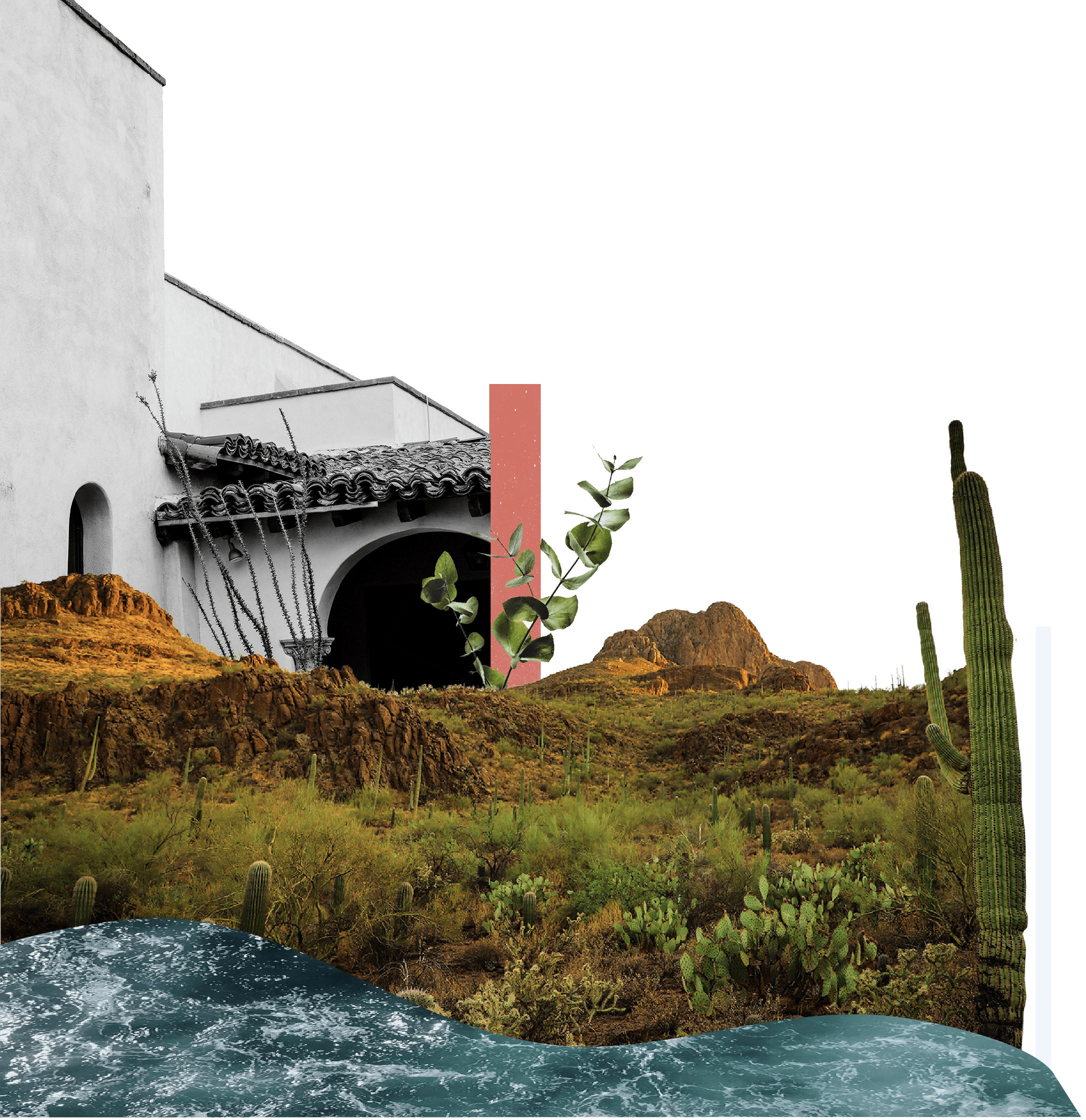
Helping Households Help Themselves
Tucson Water, alongside the surrounding community, recognized that a changing climate needed a new response to water shortages. In 2011, it established a rebate program designed to support households in making simple adaptations to their homes that would help them harvest rainwater, as well as installing water-efficient toilets and washers.
The program offers Tucson Water customers the following rebates aimed at outdoor water use.
- Rainwater Harvesting Rebate: up to $2,000
- Gray Water Rebate: 50% of the costs up to $1,000
- Rainwater Harvesting Grant (low-income program): a grant of up to $750 for families with an income equal to or less than 100 percent of the federal poverty level.4
Tucson Water raised awareness of the Rainwater Harvesting and Gray Water Rebate programs through notices on water bills, as well as through its website, social media, and community interaction.
When households apply for these rebates, they are first required to attend a three-hour workshop to learn more about conservation and water efficiency, the benefits of rainwater harvesting, and how to calculate, install and maintain the system.
The workshop provides an opportunity for the homeowner to better understand how to plan and calculate how much water they can save, as well as how much water can be harvested from rooftop runoff after rainfall. The workshops cover active water harvesting that includes installing gutters and a cistern to collect rainwater and how to put that water to use. For example, homeowners can use collected rain to irrigate trees and gardens.
Following the workshop, the homeowner is free to hire their own contractors or to complete the installation of their active and/or passive rainwater harvest system. Tucson Water maintains a list of qualified contractors in case the homeowner requires a referral.
Once the work is done, the homeowner can apply for the applicable rebates by providing Tucson Water with the receipts as proof of work.

The Conservation Fee
Tucson Water funds the rebate program using a conservation fee attached to its water bills. A household pays around eight cents per centum cubic feet (CCF). CCF is a unit of measure used on water bills that equals approximately 748 gallons. The funding source covers the water-conservation rebates and education/outreach programs. The fee has helped fund 60,690 residential rebates.
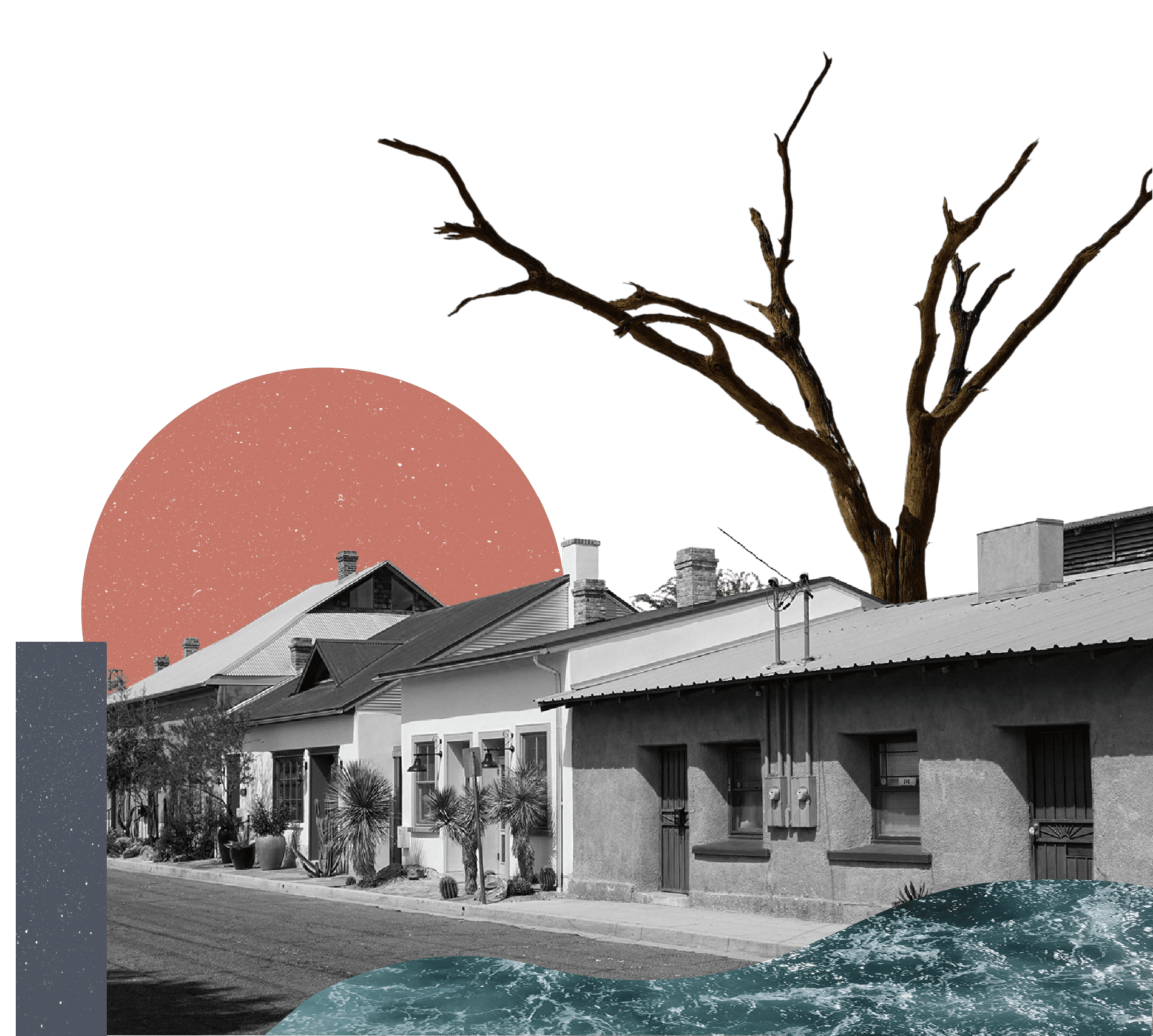
Reaching Low-Income Households
Water shortages and droughts disproportionately impact lower-income households that have less expendable income to finance a rainwater harvest system and participate in Tucson Water’s Water Conservation Rebate program.
Analysis of the Rainwater Harvesting Rebate program revealed the majority of installations were occurring in mid-to upper-income northern areas of the city, where recipients of the rebate program were better positioned to afford the upfront cost for water-saving measures before being reimbursed.
In low-income, majority-Hispanic areas, where residents may not speak English as a first language, fewer families were applying for rebates.
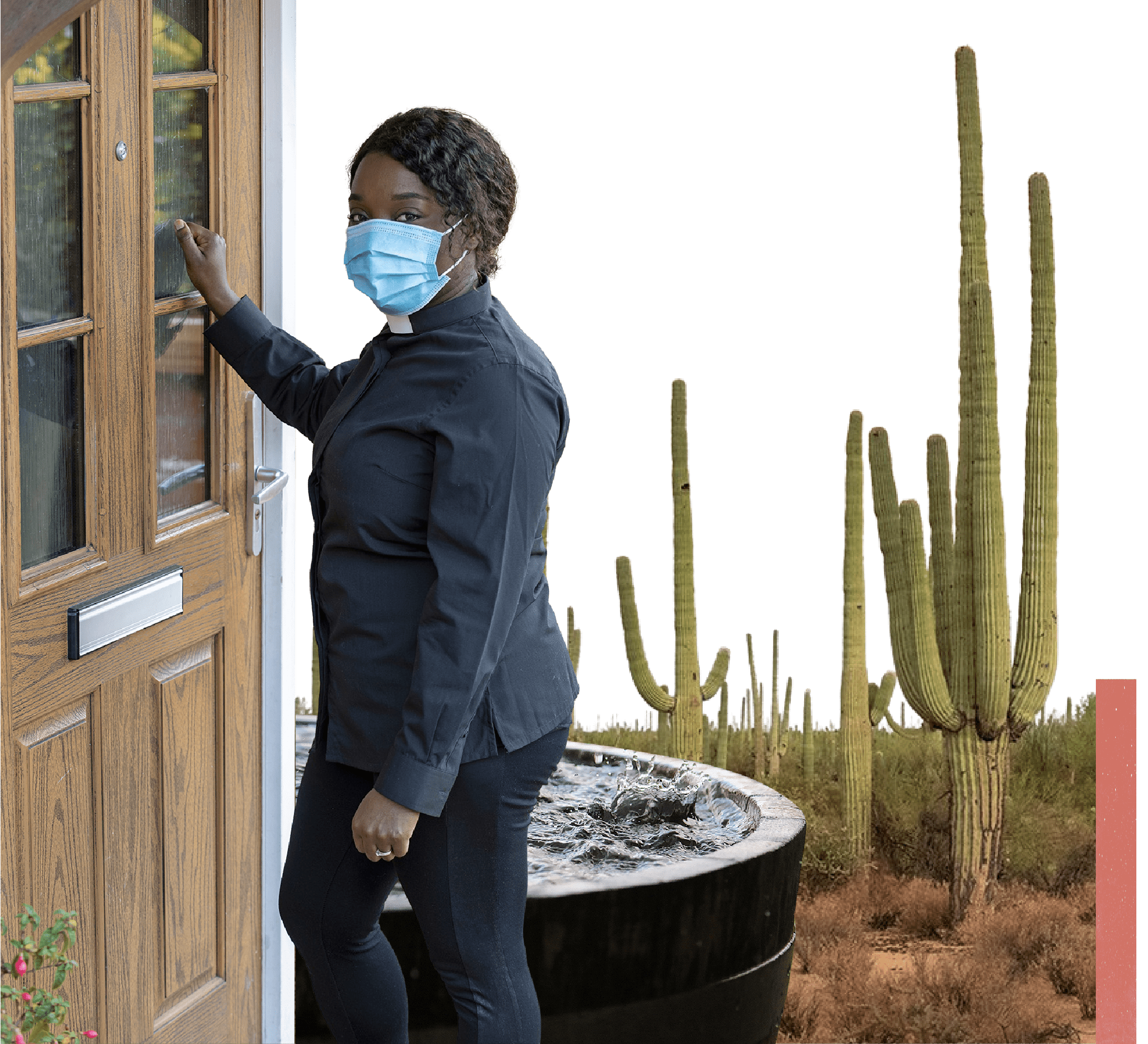
The nonprofit organization Sonora Environmental Research Institute (SERI) suspected low-income households weren’t applying for the rebate because they didn’t have the funds to pay for interventions in advance or because of a potential language barrier in understanding access to the rebate programs.
SERI utilized a grant from the Environmental Protection Agency’s Climate Justice Project and its own funds to launch a pilot to bring rainwater-harvesting solutions to low-income households. When the pilot affirmed the underlying supposition, Tucson Water reworked the program to provide accessibility to this low-income population of Tucson Water consumers.
SERI trains community health workers to visit residents and invite them to apply to Tucson Water’s rebate programs.
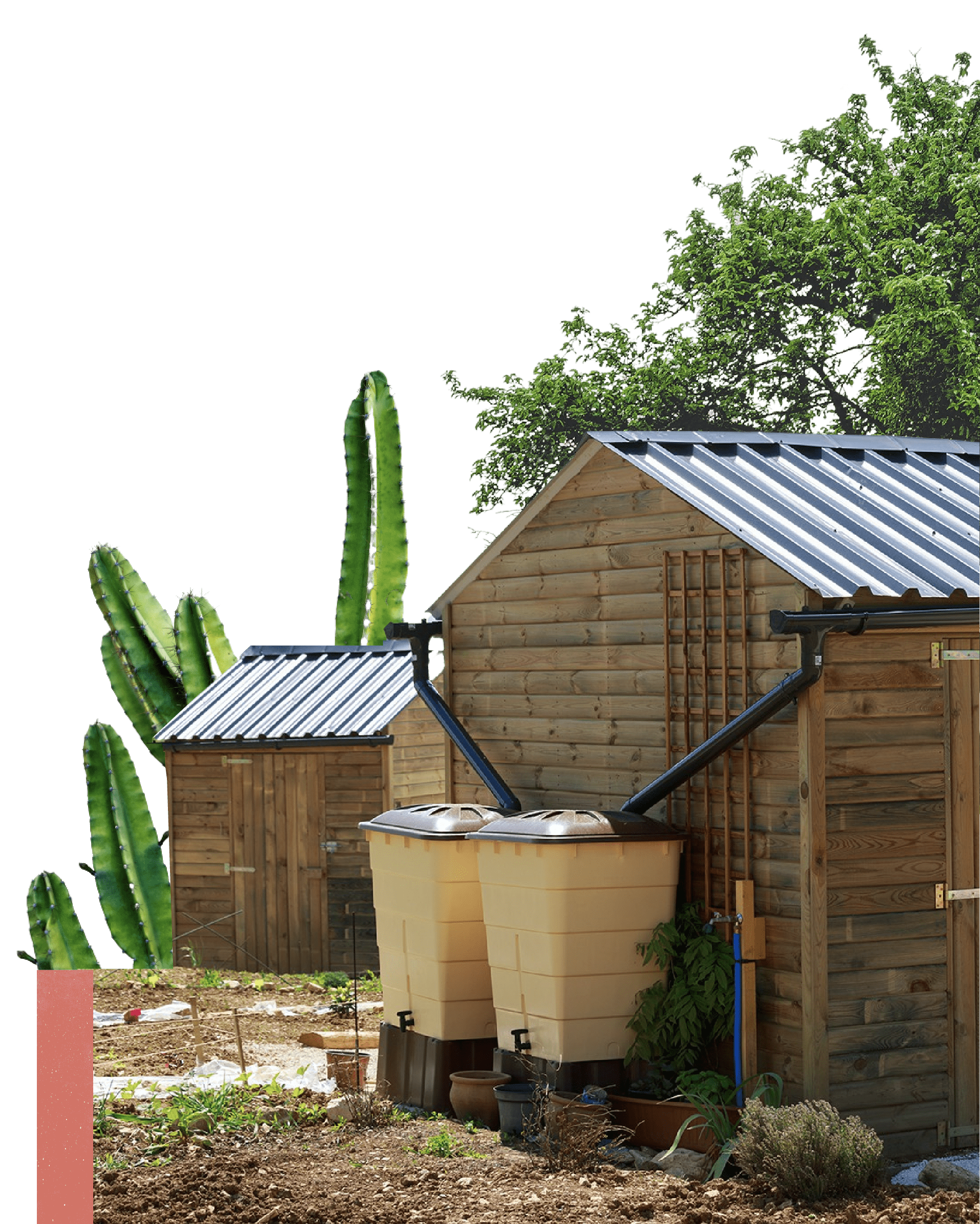
To qualify for the program, a household has to demonstrate that it
- falls under the federal poverty limit;
- pays for water utilities through Tucson Water;
- paid property taxes;
- owns or rents a property in good condition;
- maintains the system when it is installed;
- can provide its water records for the year previous, and the year after the installation; and
- can attend a three-hour educational workshop.
If the application is successful and these requirements are met, SERI works with a private contractor to assess the property, and collaborates with the homeowner to design rainwater-harvesting solutions that best suit their property. This might be a passive system of earthworks, an active system of roof gutters and a cistern.
SERI, the contractor, and the homeowner agree on the scope of work and the costs.
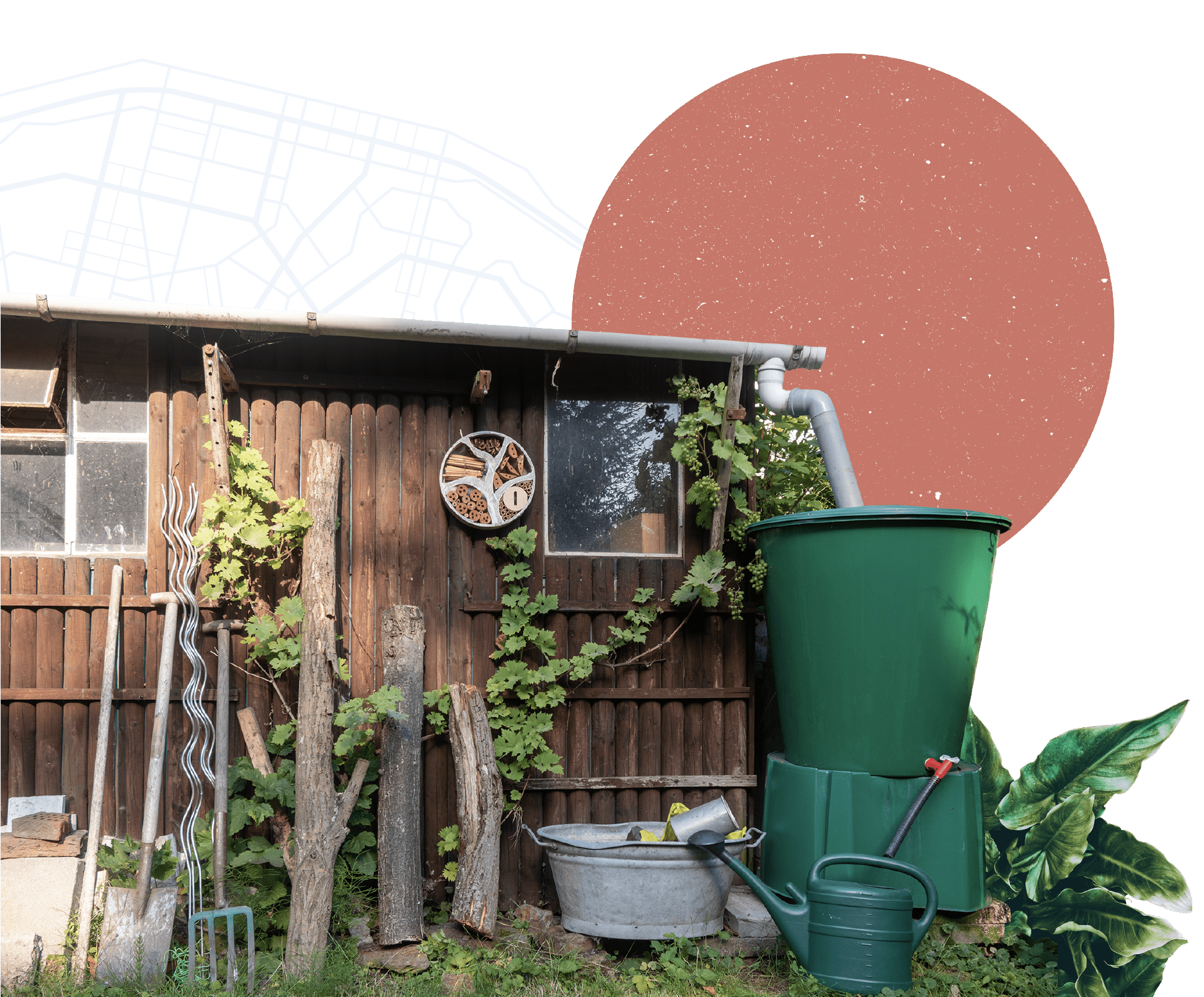
If the homeowner gives the go-ahead, they can choose whether to use SERI’s contractor or hire their own licensed contractor. The vast majority choose SERI’s recommendation.
SERI provides a grant to cover the majority of the costs, and can offer a no-interest loan to cover the full cost of the installation. The homeowner does not need to apply for the rebate, as SERI submits all the paperwork to Tucson Water directly.
One measure of success of this program has been the accessibility of the rebates and the number of installations they have completed. Since launching the low-income rebate program, SERI has worked with more than four hundred households, installing $460,000 worth of rainwater-harvesting systems and giving out $73,000 in grants.
A Greener Home
Along with installing the rainwater-harvesting system, SERI encourages low-income households to plant drought-resistant gardens that can be tended using the collected rainwater.
This contributes to people’s wellbeing and helps to tackle other climate impacts, such as extreme heat, by increasing their green space.

